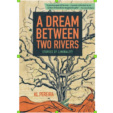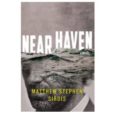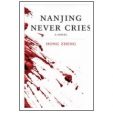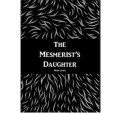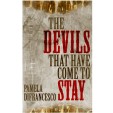In her starkly beautiful, poetic novel The Devils That Have Come to Stay (to be published by Medallion Press in February), Pamela DiFrancesco takes us into a dark and violent world that only gets darker with each turn of the pages. The novel brings us to California in the midst of the Gold Rush, and into the life of a saloon keeper whose wife has taken leave of him to care for her desperately ill mother in a town to the north.
Early in the novel, the saloon keeper (also the narrator) crosses paths with a Me-Wuk Indian, who’d vanished from the bar after stealing gold from another customer. When the narrator discovers the Indian scattering this gold, leaving a trail of white feathers, the Indian explains that he is only returning to the earth what has been “stolen” from it. “Perhaps if I can make it back to where the gold came from,” he explains, “my bag will empty, and the last feather will fall.” The place he has come from is close to where the narrator’s wife is caring for her mother, so the narrator decides to set off with the Indian. In the interest of not giving too much away, all I’ll say is that their journey is dark indeed, bringing the two men (and readers) in contact with the large-scale slaughter and the environmental, and spiritual, degradation that marked whites’ settlement of the West.

